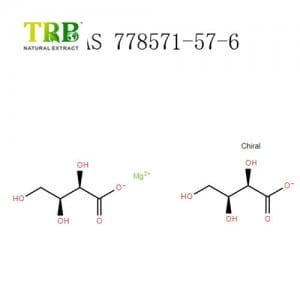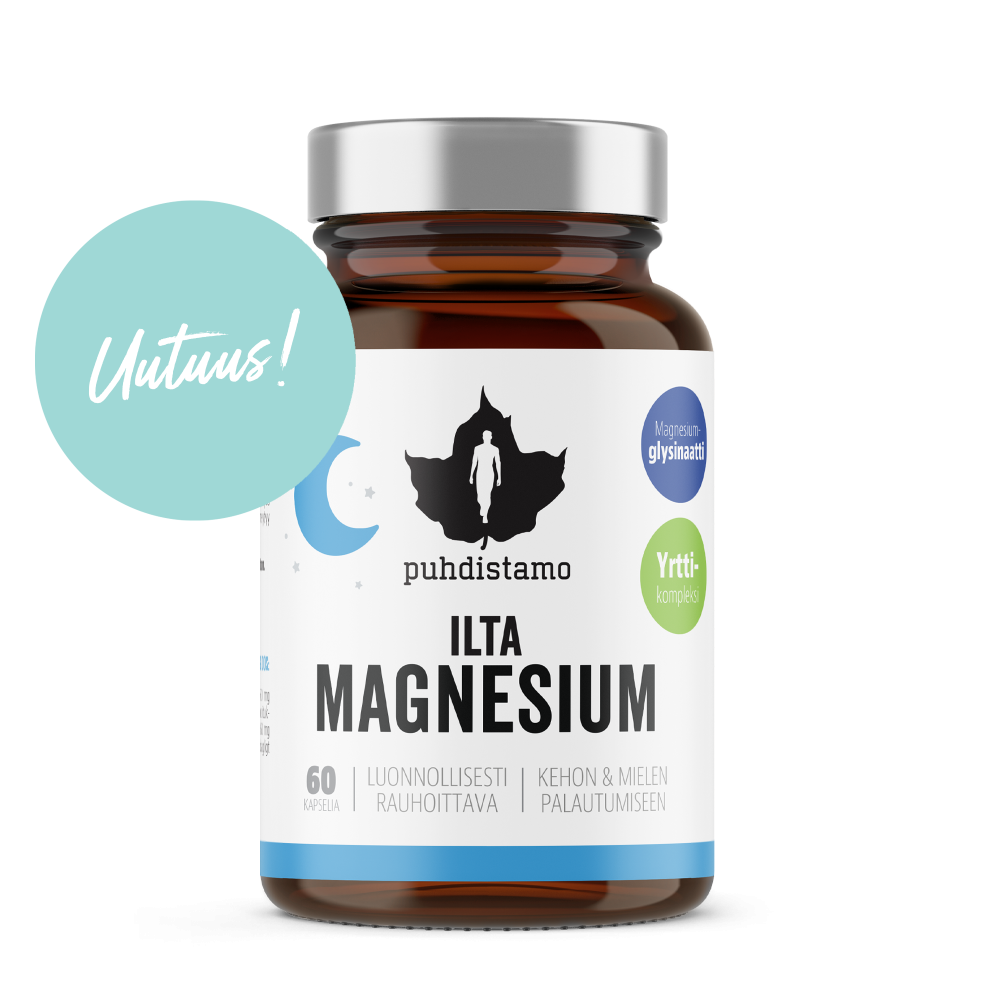
The feed for the animals came from Veterinarski Zavod (Subotica, Serbia).Īnimals and treatment. Double-distilled water was produced and used in all our experiments.

Magnesium - L-threonate as the product Magtein was procured from Swanson Vitamins, (Fargo, ND,). Vitamin C (L-ascorbic acid, 99%), primary and secondary sodium phosphate (99.9%), and hydrogen peroxide (99%) were from Sigma-Aldrich, (Taufkirchen, Germany). Lead acetate in trihydrate form and of reagent grade at 99.5% purity was ordered from Läch-Ner (Neratovice, Czech Republic). The two compounds vitamin C and magnesium L-threonate were assessed for their capacity to alleviate memory and learning deficiencies in a murine model intoxicated with the most bio-available form of lead, lead acetate. Ascorbic acid has also been used as the main treatment for lead poisoning ( 19). Vitamin C and ethylenediaminetetraacetic acid (EDTA) have also been studied for their chelating properties in lead-poisoned organisms and both had similar effects as chelating agents of lead ( 6). Alternate antioxidant enzyme CAT activity is stimulated by increased Mg levels and this element thereby exerts a protective effect against heavy metal intoxication ( 4, 13). Vitamin C has shown a protective role in heavy metal intoxication marked by decreased CAT activity ( 20).

Catalase activity is induced by exposure of animal species to metal as an environmental characteristic or as chemical pollution ( 25). The accumulation of reactive oxygen species (ROS) is controlled in vivo by two metabolic systems: nonenzymatic antioxidant systems such as glutathione (GSH), bilirubin, vitamins E, A, and C, and defence-related enzymes such as catalase (CAT), glutathione peroxidase, and superoxide dismutase (SOD) ( 11). These supplements are investigated for their supportiveness of cognitive functions after lead intoxication in the present study. Another, magnesium L-threonate, is commonly used as a storage supplement to increase magnesium levels in plasma and cerebrospinal fluid (CSF) and has been suggested as having the capacity to improve short-term synaptic plasticity and long-term potentiation ( 21). One, vitamin C, has been found to be less abundant in individuals with impaired cognition ( 24). Many supplements on the market claim to improve these functions, through various metabolic approaches. Learning and memory are major functions of the brain that are affected by several factors, including some which are dietary and environmental (lead exposure being one), and some which are genetic. A decrease in hippocampal long-term potentiation (a phenomenon of synaptic plasticity by which recent activity strengthens synapses in a persistent way) leads to impaired memory, whereas an increase in it correlates with improved memory and learning ( 12). The hippocampus is the locus of synaptic routes thought to be the main ones for encoding new memories.

Successfully crossing the BBB, inorganic compounds of lead accumulate significantly in the hippocampus and cause memory and learning disorders ( 17). Under conditions of lead exposure, an increase in pinocytotic activity and changes in the characteristic endothelial tight junctions resulted in microvascular damage to it ( 30). The blood–brain barrier (BBB) has long been known as a target for lead toxicity. Most of the effects of lead in neural tissue come from the substitution of Ca 2+ and Mg 2+ by this metal. The membrane transport protein, known as divalent metal transporter 1 (DMT1) and divalent cation transporter 1 ( 7), is present in neurons and cerebral capillary endothelial cells and is thought to non-selectively transport divalent metal ions, including Mn 2+, Fe 2+, Co 2+, Ni 2+, and Cu 2+ ( 27). Lead is not an essential metal and has no biological role or function in the body, so it uses the transport proteins of other metals, such as calcium (Ca) and magnesium (Mg), to pass through the cell membrane. It is the cause of one of the most serious global health problems wherever communities are involved in activities such as lead smelting, gold mining, and lead battery manufacturing and recycling ( 28). Lead is a heavy metal natural element with toxic properties, widely distributed in the environment, and still mined and added in some parts of the world to many different products including paints, eye cosmetics, and aviation fuel it may also still be present in older water pipes.


 0 kommentar(er)
0 kommentar(er)
